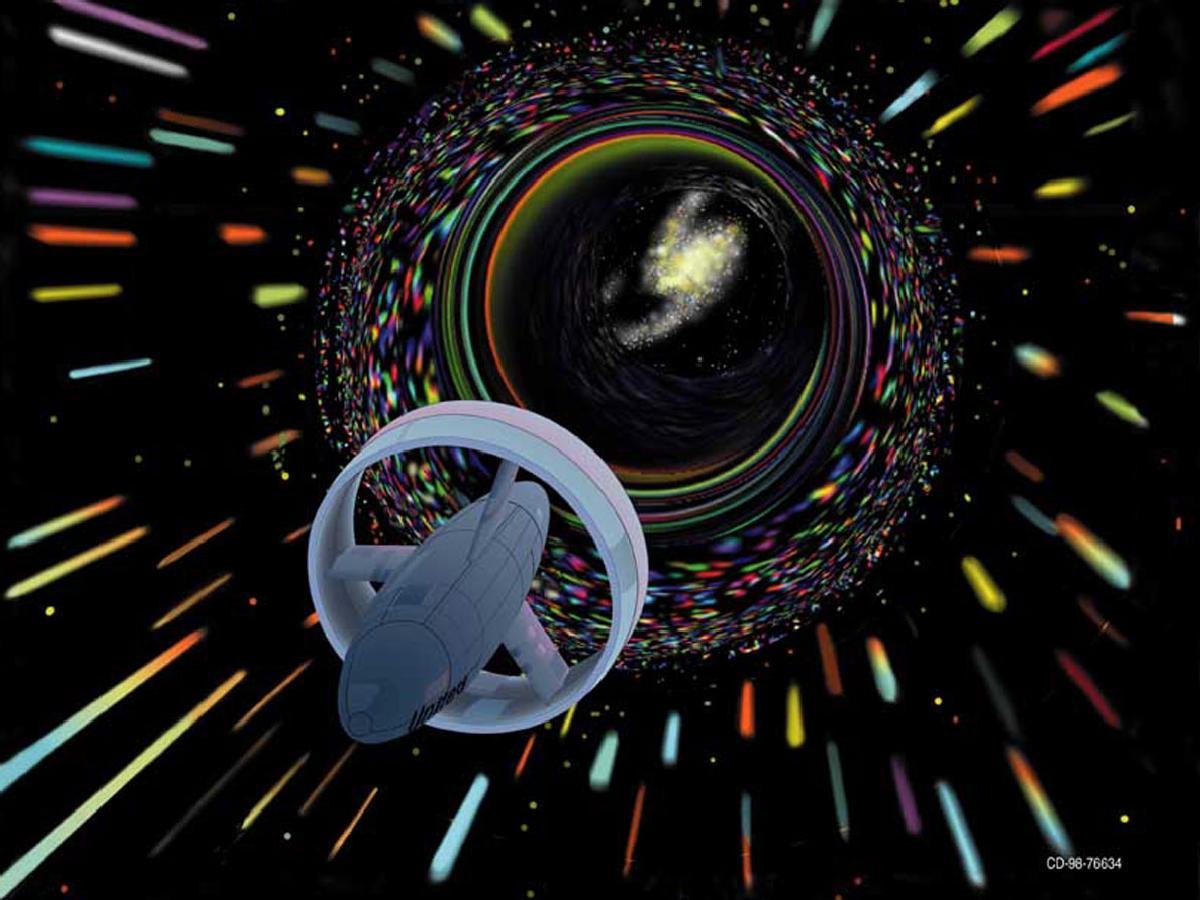
It's really starting to look as if an "impossible" space propulsion technology actually works.
Researchers at NASA's Johnson Space Center in Houston have found that a microwave thruster system that requires no propellant does indeed generate a small amount of thrust, Wired UK reported Thursday (July 31). If the technology pans out, it could make spaceflight far cheaper and speedier, potentially opening up much of the cosmos to exploration, advocates say.
"Test results indicate that the RF [radio frequency] resonant cavity thruster design, which is unique as an electric propulsion device, is producing a force that is not attributable to any classical electromagnetic phenomenon and, therefore, is potentially demonstrating an interaction with the quantum vacuum virtual plasma," the NASA team wrote in their study, which they presented Wednesday (July 30) at the 50th Joint Propulsion Conference in Cleveland. [Superfast Spacecraft Propulsion Concepts (Images)]
The roots of the propulsion system tested by the NASA team trace back to a British researcher named Roger Shawyer, who claims that his "EmDrive" generates thrust by rocketing microwaves around in a chamber. There is no need for propellant, as solar power can be used to produce the microwaves.
Shawyer says that his company, Satellite Propulsion Research Ltd., has successfully tested experimental versions of the thruster. But many scientists have dismissed or downplayed such claims, saying the propulsion system violates the law of conservation of momentum, Wired UK reported.
In 2012, however, a team of Chinese researchers built their own version of the system and found that it does indeed work, generating enough thrust to potentially power a satellite. Then, an American scientist named Guido Fetta constructed his own device, which he calls the "Cannae Drive," and convinced the NASA team — which included warp drive researcher Sonny White — to try it out, which they did over the course of eight days in August 2013.
The NASA scientists determined that the Cannae Drive produces 30 to 50 micronewtons of thrust — less than 0.1 percent of that measured by the Chinese team, Wired UK noted, but nevertheless suggesting that the technology works.
Get the Space.com Newsletter
Breaking space news, the latest updates on rocket launches, skywatching events and more!
The thruster may work by somehow harnessing the subatomic particles that continuously pop into and out of existence, the NASA researchers suggest. The results and the technology are promising enough to warrant further study, they wrote in the study.
"Future test plans include independent verification and validation at other test facilities," the researchers wrote.
You can read the abstract of the NASA team's new paper for free here: http://ntrs.nasa.gov/search.jsp?R=20140006052
Follow Mike Wall on Twitter @michaeldwall and Google+. Follow us @Spacedotcom, Facebook or Google+. Originally published on Space.com.
Join our Space Forums to keep talking space on the latest missions, night sky and more! And if you have a news tip, correction or comment, let us know at: community@space.com.

Michael Wall is a Senior Space Writer with Space.com and joined the team in 2010. He primarily covers exoplanets, spaceflight and military space, but has been known to dabble in the space art beat. His book about the search for alien life, "Out There," was published on Nov. 13, 2018. Before becoming a science writer, Michael worked as a herpetologist and wildlife biologist. He has a Ph.D. in evolutionary biology from the University of Sydney, Australia, a bachelor's degree from the University of Arizona, and a graduate certificate in science writing from the University of California, Santa Cruz. To find out what his latest project is, you can follow Michael on Twitter.









